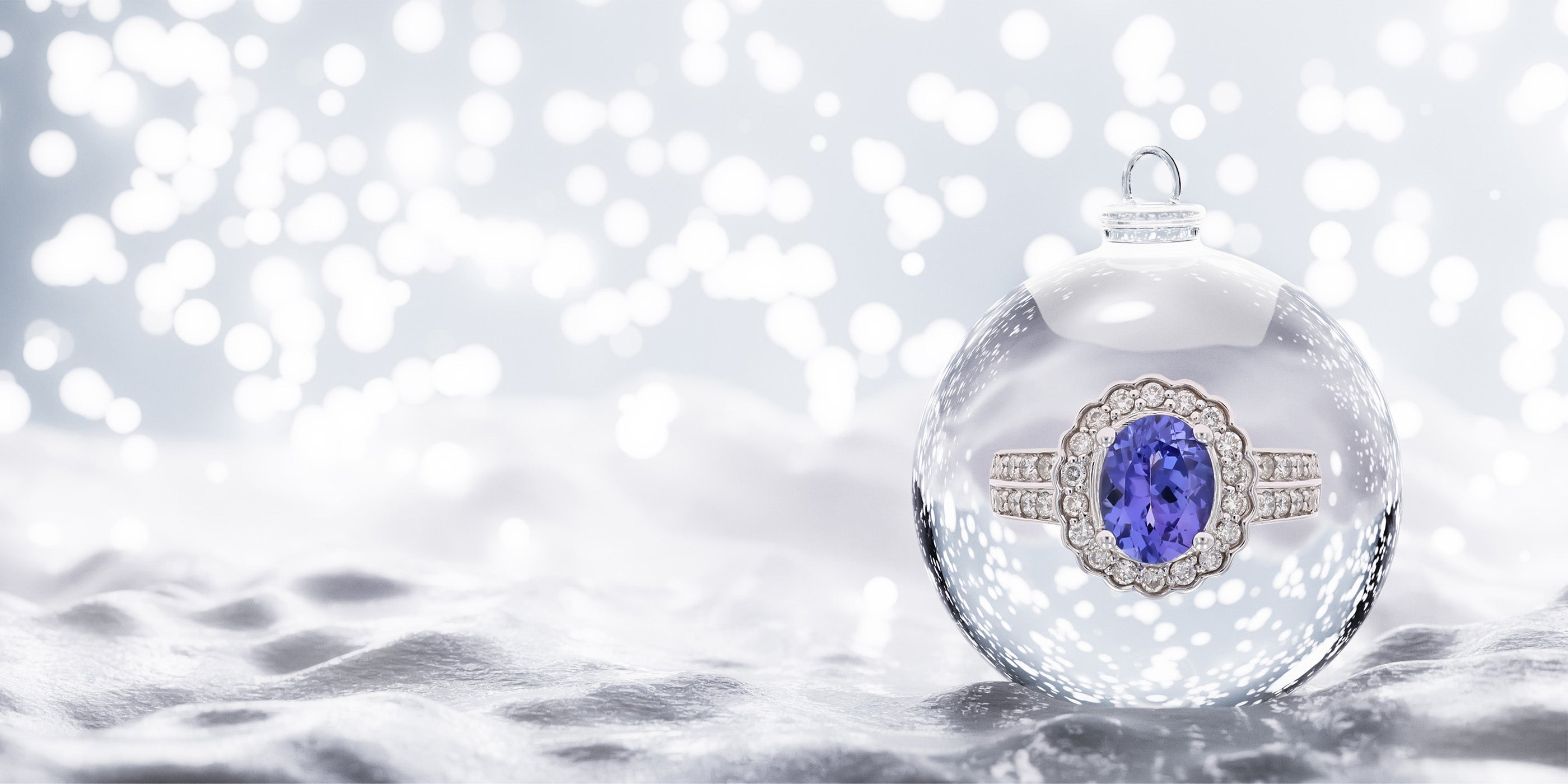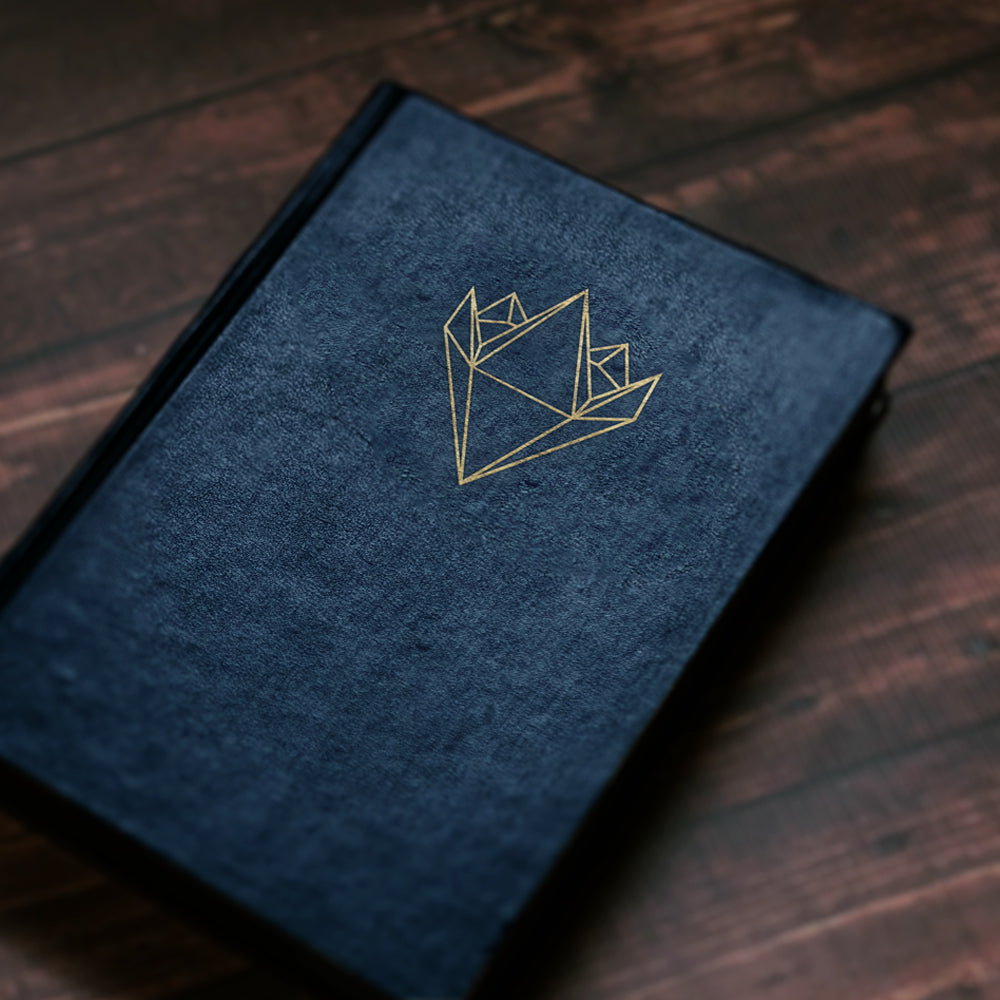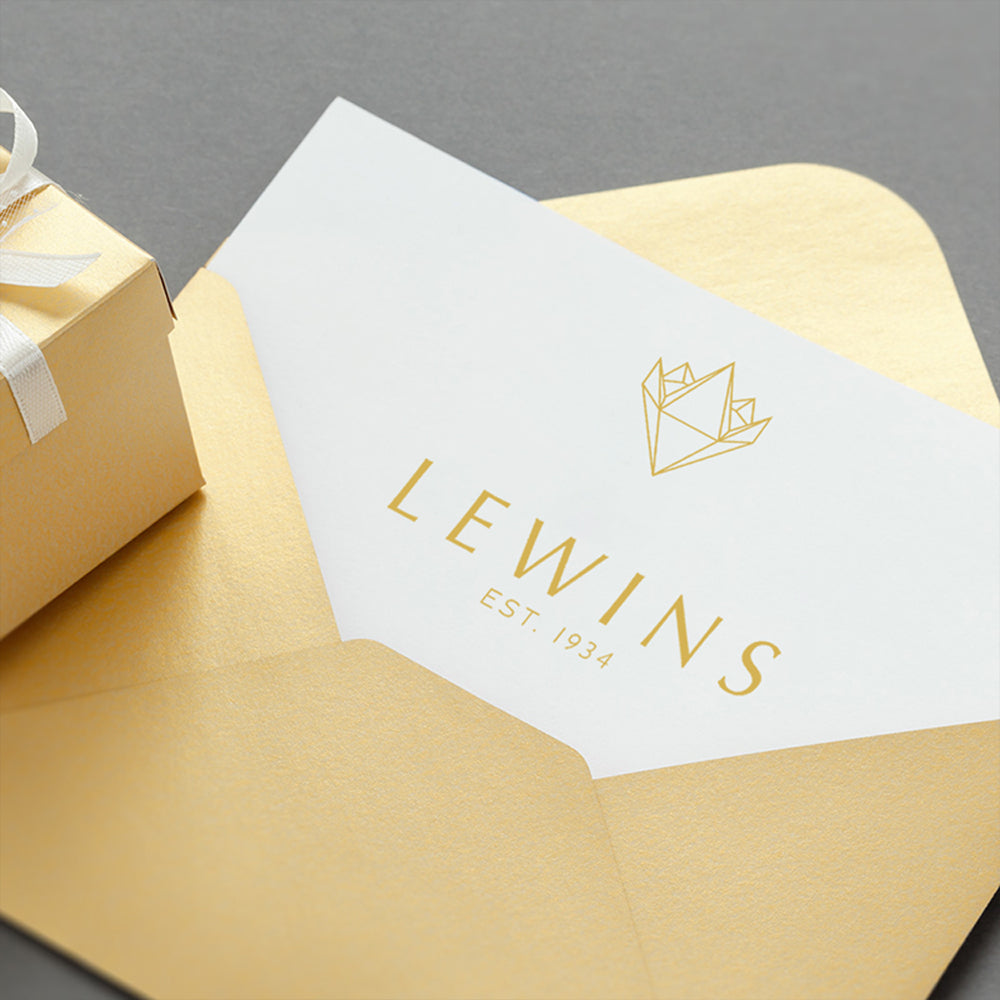Jewellery Odyssey:
The concept behind a watch fob, was created in the grand period, of the Victorian era. These decorative ornaments are often suspended from an Albert chain and have a hard stone base (principally made out of a variety of Quartz: Agate, Amethyst, Bloodstone, Citrine, Chalcedony, Cornelian, Onyx, Smokey Quartz & Tiger’s Eye). The ‘Albert’ chain was famously worn and named after by Prince Albert; it was made out of yellow gold and consisted of a T-shaped bar at one end, which fitted into a waistcoat’s button hole and a swivel clasp at the other end, to attach to a pocket watch. Sometimes, the hard stone was carved into an intaglio, producing a seal when stamped into wax. On the other hand, another feature of watch fobs involved movement, whereby the hard stone would spin to display an alternative gemstone. Above the hard stone, lies an ornate gold motif that would link to a bale, to be thread through the Albert chain. Even after Prince Albert’s passing, this item of jewellery rapidly became accustom, to a man’s attire in the mid 19th century.
Gem Lore:
Carnelian or Cornelian - derives from the latin word ‘carneus’, which translates to ‘flesh’ or ‘cornus’ otherwise known as a ‘cornelian berry’, both meanings relate to the gemstones fiery, red hue. The gemstone belongs to the polycrystalline family of Quartz, otherwise known as ‘Chalcedony’, if it possesses a banded structure, then this is referred to as ‘Agate’. The ancient Sumerians was one of the first civilisations, to fashion this translucent gemstone into beads, often etched with white symbols and worn as headpieces. Moreover, the material was frequently carved into intaglios, by the ancient Greeks and Romans, to be worn as signet rings. Today, Carnelian is the Zodiac birthstone for the sign Virgo and is also thought to symbolise confidence and joy.
Onyx - derives from the greek word ‘onux’, which translates to ‘fingernail’, as the gemstone was thought have a similar appearance, being flesh coloured with white bands. In ancient Greek mythology, the legend goes that Eros, trimmed Venus fingernails, and the gods turned these clippings into stone. The gemstone belongs to the polycrystalline family of Quartz, and was once an umbrella term, used to refer to all the colours of chalcedony. In recent years, the term has been limited, to only apply to brown and black chalcedony. Onyx is a black material, that may or may not possess white banding. Onyx is associated with the astrological symbols of Scorpio, Capricorn and Leo.
Tiger’s Eye - burns brightly with banded hues of yellow to deep golden brown. When cut en cabochon and observed under direct light, the gemstone displays the optical phenomenon of Chatoyancy (cats eye), a bright band of light that moves across the stone. The blue variety is called Hawk's-Eye. The ‘all seeing, all knowing eye’ was worn by the ancient Romans, to protect them in battle and deflect evil. The ancient Egyptians utilised the gemstone, as the eyes in the statutes of their gods, to symbolise divine vision. Today, Tiger’s Eye represents the Chinese Zodiac for the year of the tiger and is also thought to symbolise strength and courage.
Jewellery Care Precautions:
Avoid direct contact with: perfume, lotions, skincare, hairspray / other chemicals. Remove, your jewellery: when showering, swimming (as both chlorine and saltwater will react with metals), washing your hands / using hand sanitisers, before going to bed or when participating in physical activities (going to the gym, exercising, gardening, housework etc….).
Beware, metals may tarnish over time due to oxygen contact and natural body oils. Prevent items from being exposed to moisture and direct sunlight, for long periods. Store jewellery in a dry place away from humidity, in a pouch/jewellery box and keep each piece separated from each other. Care, for your jewellery by cleaning with a soft dry cloth.
Yellow Gold:
Gold as an element, in its purest form will not tarnish, but gold used in jewellery has been alloyed with other metals, to increase durability. These metals have properties that when in contact with oxygen, chemicals, oils or other substances - will result in a surface tarnish or damage and corrosion. Even the pH level of you skin and the natural oils it produces, can tarnish your gold jewellery.
To prevent your gold jewellery from tarnishing or even disintegrating, avoid exposure to household chemicals, bleaches, toothpaste, baking soda and other cleaning abrasives. Wearing jewellery in places where perfumes, hairsprays, body lotions have been applied on your body, will increase tarnishing. Wear your jewellery after the products have been applied. To clean your gold jewellery, use a mild soap with warm water and dry with a soft cloth. For professional cleaning, our workshop can polish your jewellery back to life.
Chalcedony, Polycrystalline Quartz:
Hardness: 6 | Toughness: Excellent | Stability: Good
Extreme Caution, Avoid: Light, Extreme Temperature Change (thermal shock), Jewellery Cleaners (steam cleaners).
Mild Caution, Avoid: Heat, Chemicals (acids, detergents, solvents, nail polish remover), Jewellery Cleaners (ultrasonic).
Gemmological Observation: Quartz is pyroelectric, this means that when the gemstone experiences a change in temperature (for instance heat from the sun/lighting) it causes a low-level electrical attraction to fine dust particles. Therefore, you may experience that any quartz-set jewellery may need frequently cleaning.
Tiger’s-Eye, Quartz & Silica Replacements, Polycrystalline Quartz:
Hardness: 6 | Toughness: Excellent | Stability: Good
Extreme Caution, Avoid: Light, Extreme Temperature Change (thermal shock), Jewellery Cleaners (ultrasonic, steam cleaners).
Mild Caution, Avoid: Chemicals (acids, detergents, solvents, nail polish remover), Heat.
Gemmological Observation: Quartz is pyroelectric, this means that when the gemstone experiences a change in temperature (for instance heat from the sun/lighting) it causes a low-level electrical attraction to fine dust particles. Therefore, you may experience that any quartz-set jewellery may need frequently cleaning.

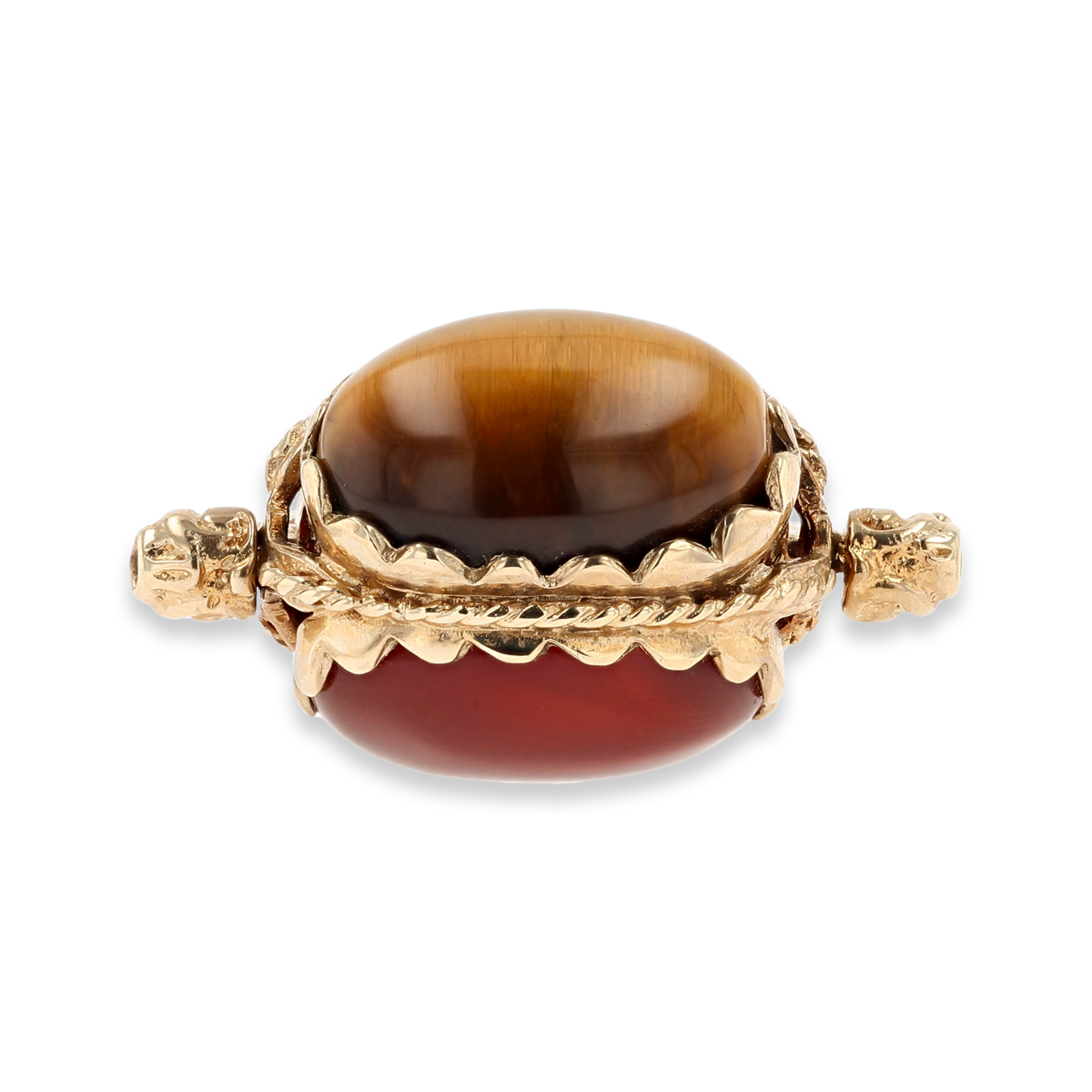

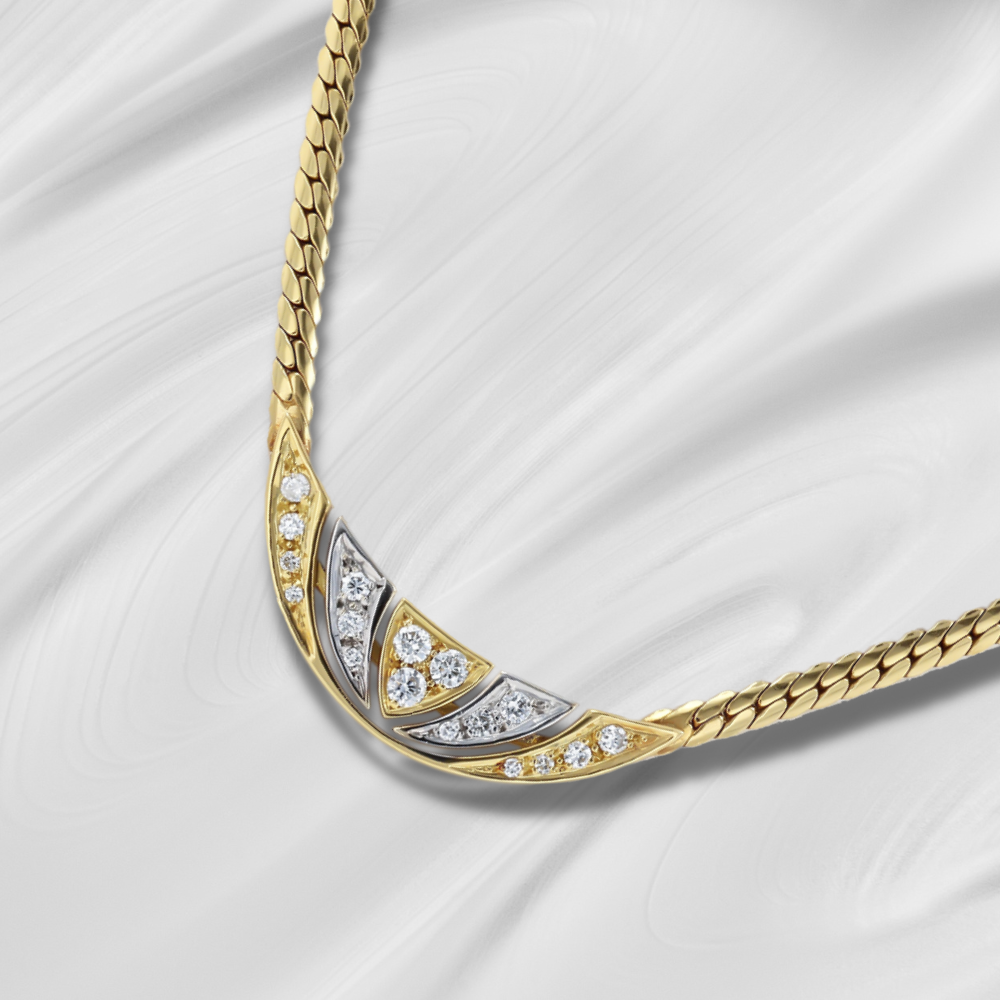

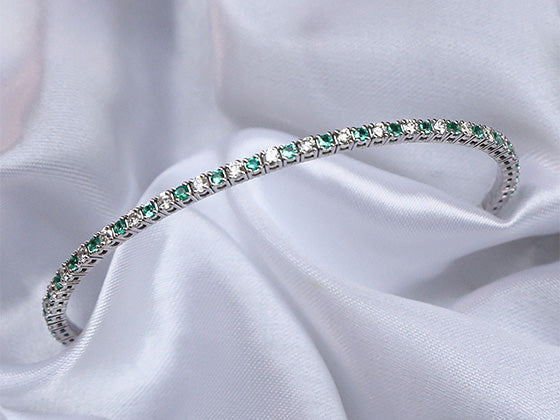

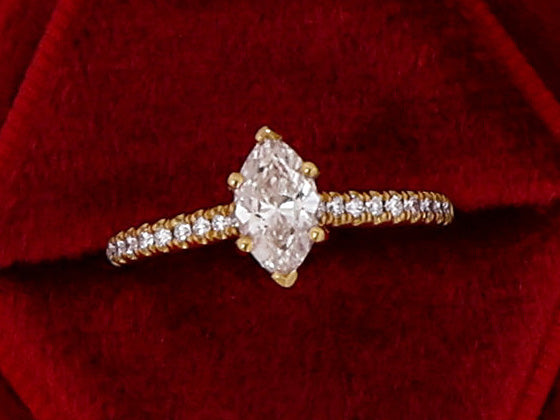
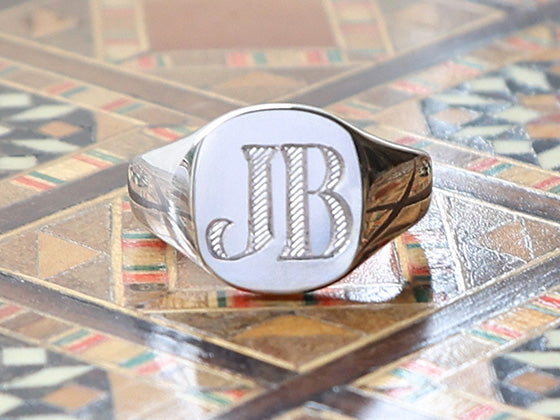
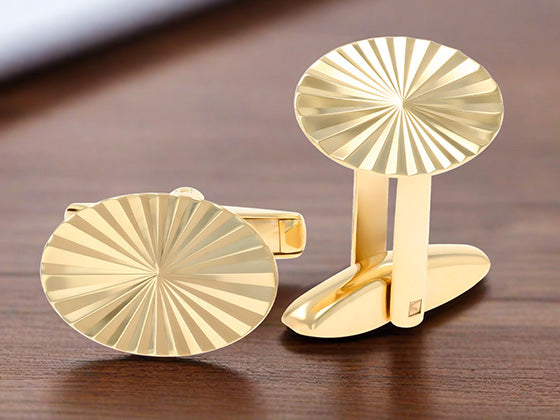
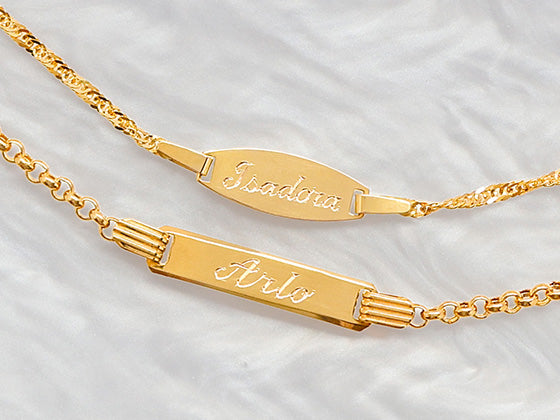
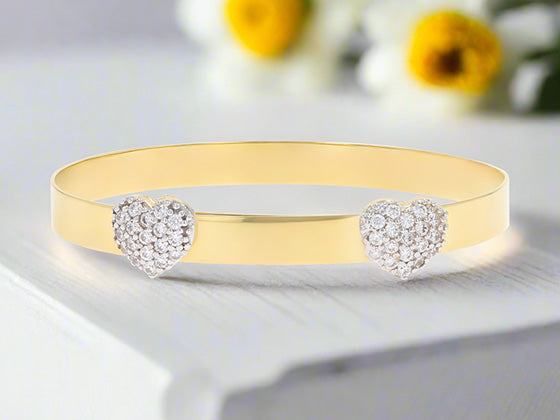
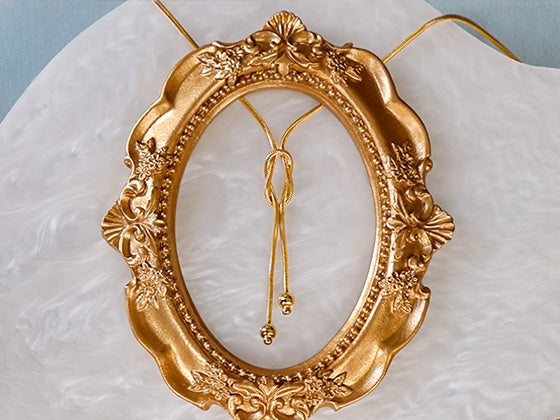
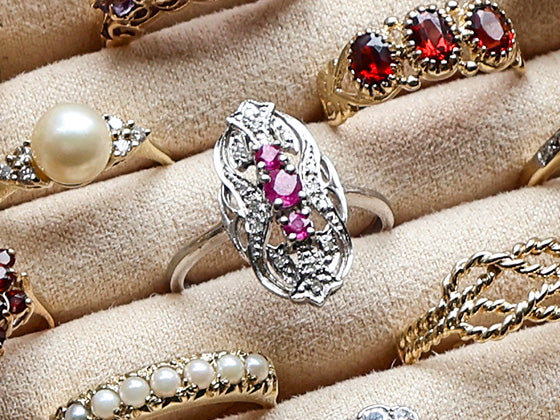
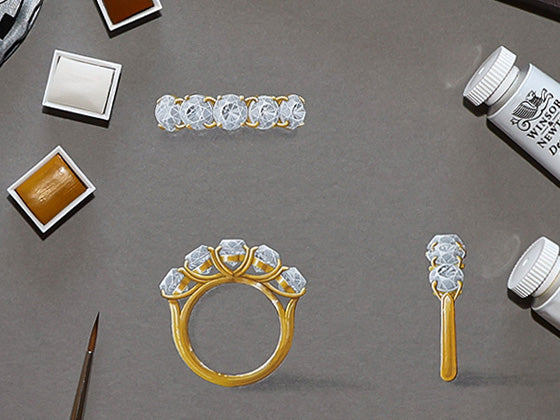
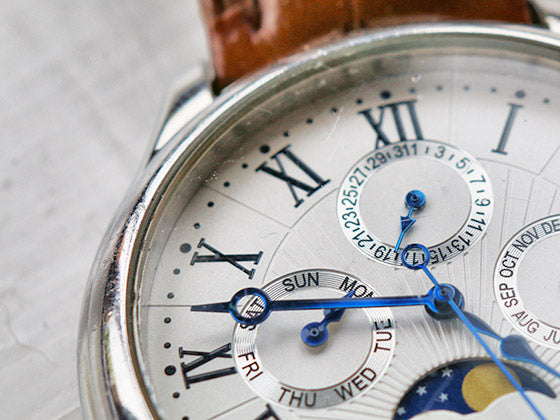
 Contact Us
Contact Us



